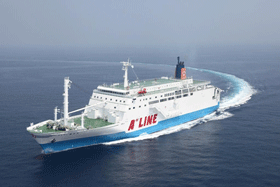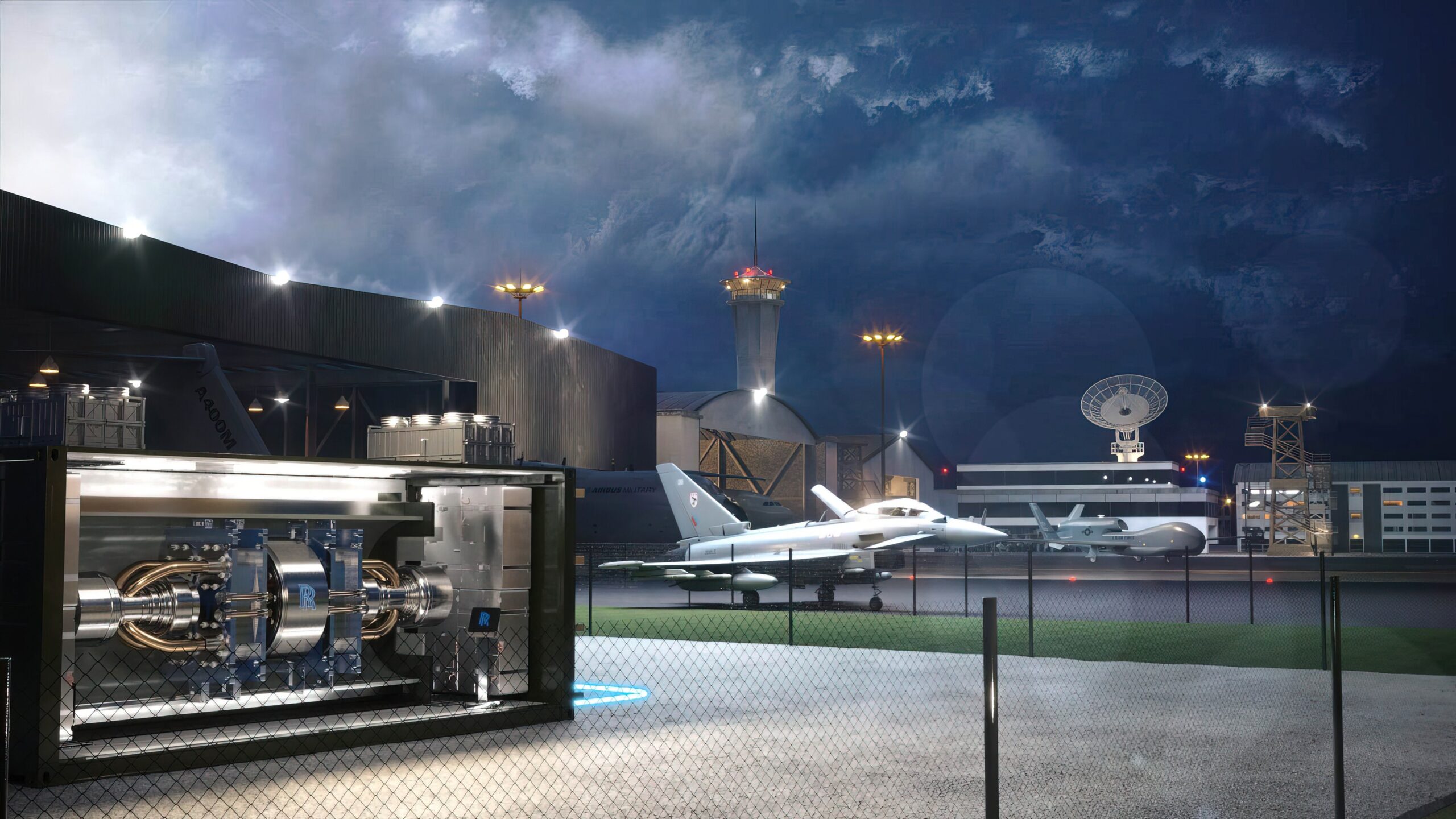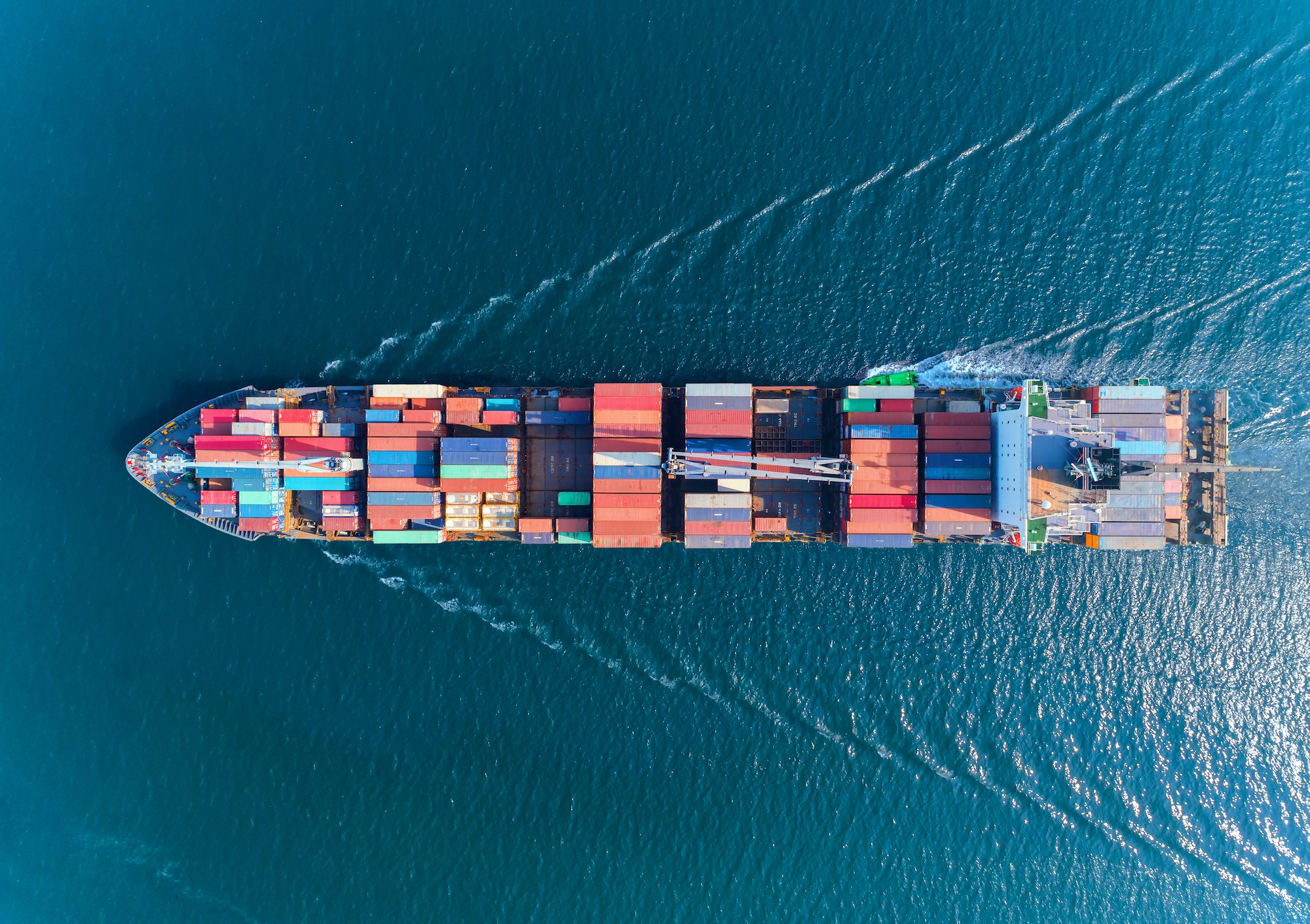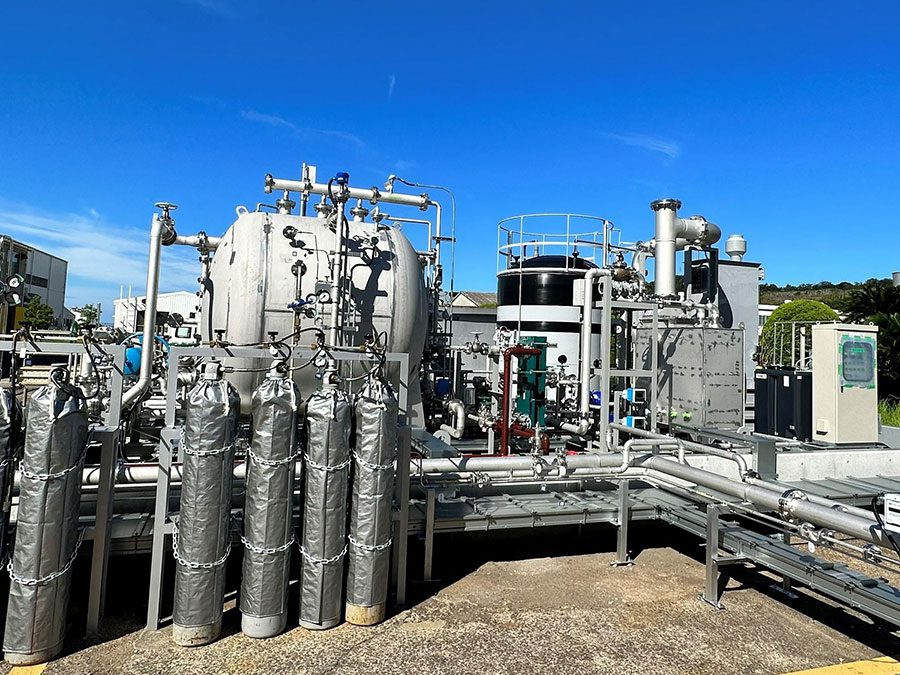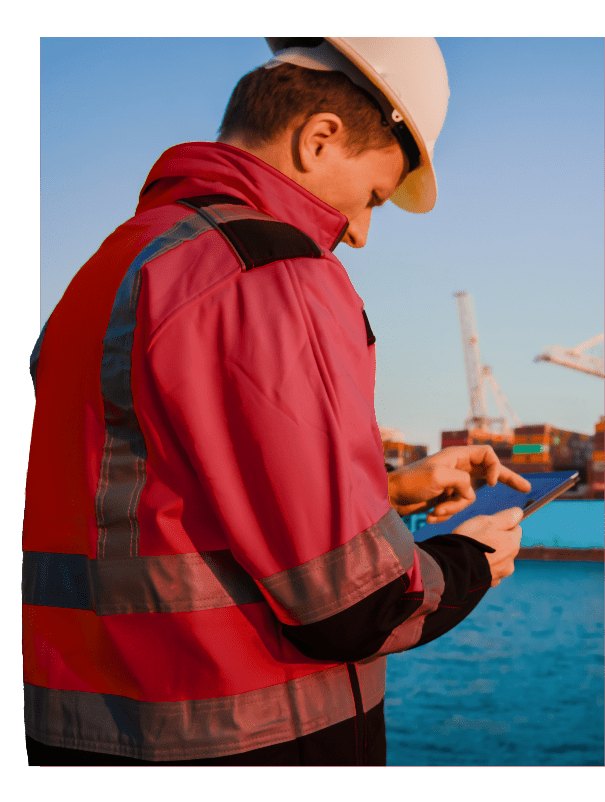The Ferry Monique
Japan’s Mitsubishi Heavy Industries says that it has successfully installed its innovative “Mitsubishi Air Lubrication System” (MALS) for the first time on a ferry and has confirmed over 5% improvement in fuel consumption. The experiment marks the first time the MALS system has been applied on a ship with a slender hull form, meaning a vessel with a relatively small block coefficient (Cb).
MALS is MHI’s proprietary technology that reduces frictional resistance between the ship hull and seawater by introducing a layer of air bubbles blown from the ship’s bottom.
The verification experiment was conducted using the FERRY NAMINOUE, a ship owned by Japan’s A-LINE Ferry Co., Ltd. that went into service starting September 27. The experiment results have verified that MALS is also applicable to high-speed, slender ships as a way to reduce fuel consumption and reduce environmental burdens, further extending the range of ship types for which MALS is suited.
The 8,072 gross ton FERRY NAMINOUE measures 145 meters long by 24m wide, and is designed with a draft of 6.2m. It was built at MHI’s Shimonoseki Shipyard & Machinery Works and plies the Kagoshima-Amami-Okinawa route in southern Japan.
MHI considers development of energy-saving technology for ships to be one of its most important tasks, in order to combat global warming in the area of marine transportation. In 2010 the company installed MALS for the first time on two module carriers operated by NYK-Hinode Line, Ltd. – first the YAMATAI, then the YAMATO – and confirmed significant energy savings. To expand MALS’ application range, MHI proceeded to develop a system applicable to high-speed, slender ships, which have a comparatively smaller flat area at the ship bottom and are thereby considered technologically difficult to apply MALS effectively.
During the speed trial test at sea, fuel consumption improvement (reduction in propulsion power required) exceeding 5% was confirmed even with waves as high as 2.5-3m. These results verified reduction of frictional resistance by MALS even when installed on high-speed, slender ships. The level of fuel consumption reduction suffices to offset the fuel consumption increase such a ship’s marine diesel engine requires to comply with tightened controls on NOx (nitrogen oxide) emissions. As the air bubbles function as a cushion, noise and vibration are also reduced, enabling improvements in passenger comfort.
Going forward MHI will continue to monitor the operational conditions of the FERRY NAMINOUE and verify MALS’ effectiveness in both energy saving and CO2 reduction. The company expects that as a system friendly to the environment MALS will play a solid role in protecting the beautiful nature of the Amami Islands and Okinawa.
The verification experiment using the FERRY NAMINOUE was supported by ClassNK (Nippon Kaiji Kyokai) as a joint research project.
MALS In Action
Unlock Exclusive Insights Today!
Join the gCaptain Club for curated content, insider opinions, and vibrant community discussions.

 Join The Club
Join The Club



